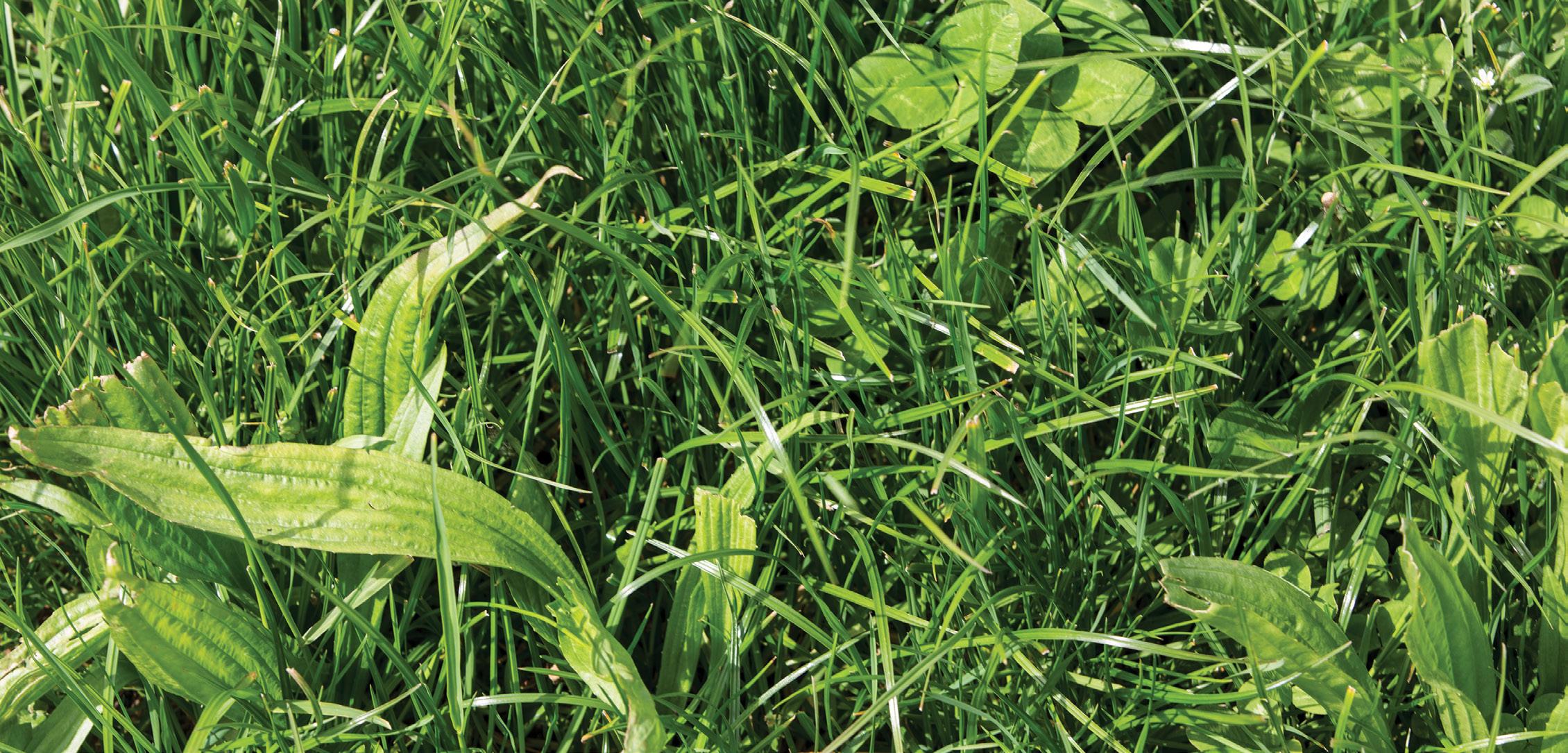
3 minute read
How resilient areNew Zealand pastures?
RESEARCH WRAP: RESILIENT PASTURES
How resilient areNew Zealand pastures?
Improved plant breeding and other innovations to help pastures cope with global warming were discussed recently at the NZ Grassland Association Resilient Pastures Symposium. Sheryl Haitana reports.
Resilient pastures are defined by having the capacity to survive and recover quickly from periods of stress.
At the recent NZ Grassland Association Resilient Pastures Symposium held at Karapiro in May, scientists and rural professionals amalgamated to discuss research findings and predictions on how to make NZ pastures more resilient in the future - from improved plant breeding, different farm systems such as deferred grazing, using diverse species like ‘sexy cocksfoot’ for regions like Northland, or even planting multiple species together.
The future of pastures in NZ is that these will have to cope with climate change along with increasing environmental regulation that will see restricted inputs, Grasslands chief executive John Caradus said.
“Providing resilient pastures is what plant breeders are seeking to achieve. Plant breeding has traditionally sought to improve onfarm productivity and profitability through increasing drymatter production, feed quality and increased persistence.”
Increasing environmental regulation, however, adds an extra layer of complexity and plant breeders also need to consider
climate change and the effect this will have on plant performance such as the potential of new pests, he said.

A warming climate will encourage the spread and severity of black beetle, among other pests.
Sleeper pests such as earth mites, redlegged earth mite and blue oat mites, will all potentially become ‘awake’ in NZ with increasing temperatures.
Extreme events are also favourable for pests to thrive, where after periods of drought insects will peak in numbers, she said.
With the use of new forage species, there is also the potential to provide new food for pests. The increased use of plantain is a good example, with how it provided a good buffet for plantain moths.
“We have to be aware that if you change the types of food that is available, insects might colonise that food source.”
On the flip side, plant quality reduces under more CO 2 and insects don’t get as good nutrition, which could reduce numbers. However, in a recent experiment, they saw one pest thrive under those conditions.
Porina in the lab were fed ryegrass grown under normal conditions and enhanced CO 2 , in soil that was in normal conditions, and soil under enhanced CO 2 .
When fed ryegrass tillers under elevated CO 2 in normal soil, there was a reduction in pest growth rate, which was an expected result.
However, when fed normal ryegrass tillers in soil with enhanced CO 2 there was an unexpected increase in weight gain - and scientists don’t know why.
“That is scratching the surface of some of the complications around the response to climate change.
“There are multiple interlinked responses of pests to climate change. We can expect the unexpected under climate change.
“Climate change will act on all aspects of the pastures, the plants, pests, natural enemies of the pests. Resilience is possible if we invest now, forewarned will be forearmed.”
The warmer temperatures are already here in the Waikato, DairyNZ farm systems specialist Chris Glassey says.
Since 1920 there has been a significant increase in soil moisture stress and 60kg DM/ha/year reduction in the summer period on the two DairyNZ farms.
What is required is an adoption of farm systems or alternative pastures to maintain homegrown feed, he said.
“If this trend continues, we are going to need to adapt to have more resilient/ alternative pastures.”
• Read more from the NZ Grassland Resilient Pasture Symposium in the upcoming issues of NZ Dairy Exporter.










